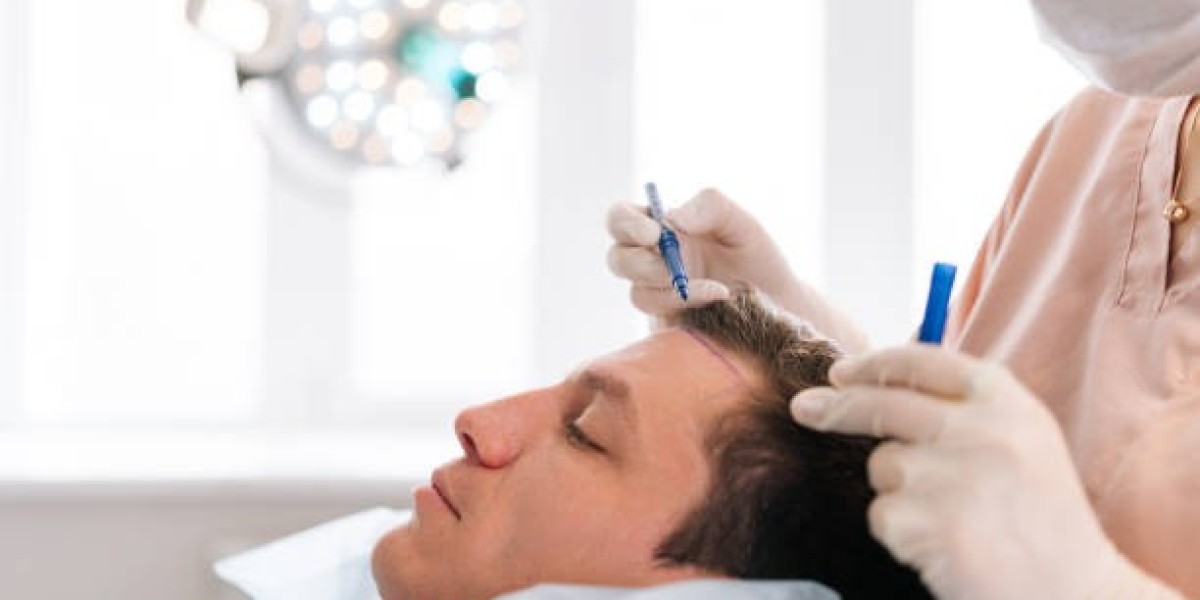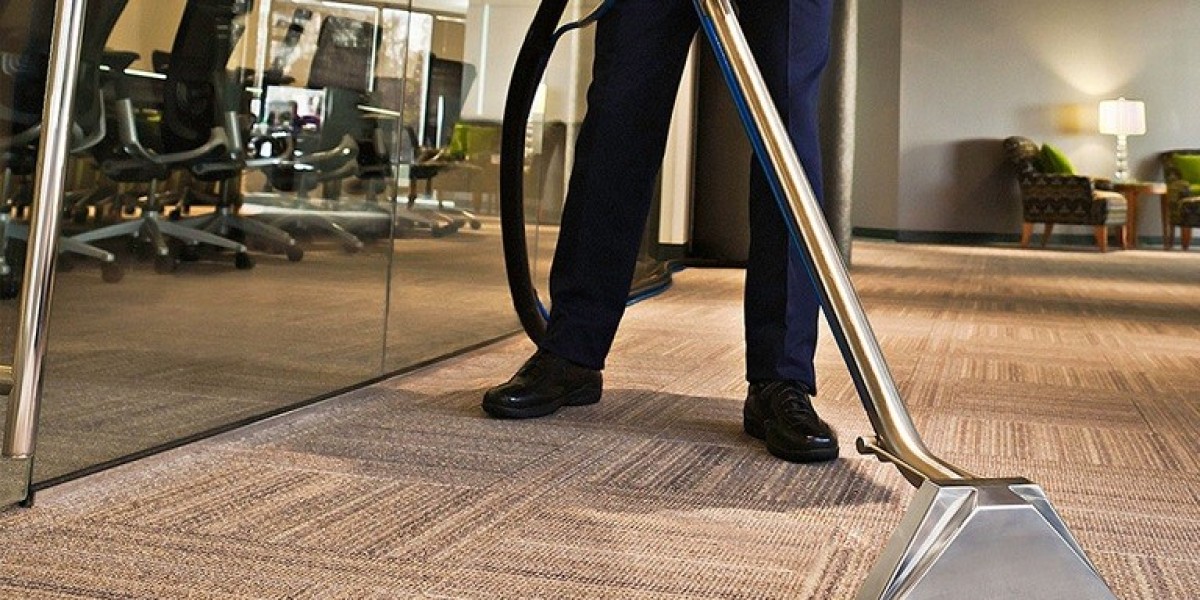Introduction: The Rise of Hair Transplant Excellence in Riyadh
Riyadh has established itself as a leading destination for advanced Hair Transplant in Riyadh procedures in the GCC, catering to a growing male demographic seeking effective, natural-looking results. With increasing demand for minimally invasive options and faster recovery times, clinics across the Saudi capital have embraced cutting-edge techniques, including NeoGraft, Follicular Unit Extraction (FUE), and Direct Hair Implantation (DHI). These technologies each offer distinct advantages and approaches, and understanding their differences is key to selecting the right solution. As the aesthetic industry in Riyadh matures, patients are now offered not just options—but technological superiority tailored to their personal goals.
Understanding the Foundation: A Quick Overview of Hair Transplant Techniques
At their core, all modern hair transplant methods aim to extract healthy hair follicles from a donor area—typically the back or sides of the scalp—and implant them into areas affected by thinning or baldness. Traditional strip methods, while still used, have largely been overshadowed by newer techniques that prioritize minimal scarring and natural aesthetics. Among these, NeoGraft, FUE, and DHI have risen to prominence in Riyadh's high-end clinics. Each procedure differs in its approach to extraction, implantation, healing time, and equipment used, which greatly influences patient outcomes and satisfaction.
The Rise of FUE: The Gold Standard in Modern Hair Restoration
FUE has been one of the most widely adopted techniques in Riyadh, and for good reason. It involves extracting individual follicular units from the donor area using a small punch tool, leaving no linear scar and offering a quicker recovery time. Surgeons then implant these follicles into the recipient area by hand. In Riyadh’s top clinics, FUE is often paired with advanced imaging and precision tools, ensuring that the placement of each follicle mimics natural hair growth patterns. Patients appreciate the minimally invasive nature of FUE and its ability to produce dense, authentic-looking results when performed by experienced specialists.
NeoGraft: The Automated Evolution of FUE
NeoGraft takes FUE a step further by automating the extraction and implantation processes. This FDA-approved device uses pneumatic pressure to gently remove and place follicles without the need for forceps. In Riyadh, NeoGraft is viewed as a hybrid innovation—offering the core benefits of FUE with added efficiency and precision. The automation reduces the risk of follicle damage during handling, which can improve graft survival rates and result in a more consistent appearance. Clinics in Riyadh that offer NeoGraft often highlight its reduced operator fatigue and streamlined surgical workflow, which in turn can lead to enhanced results for the patient.
DHI: The Precision-Focused Method for Maximum Control
DHI, or Direct Hair Implantation, distinguishes itself by combining extraction and implantation into a single continuous process. It uses a specialized tool known as the Choi implanter pen, which allows the surgeon to insert each follicle directly into the scalp without the need for creating pre-made incisions. This results in greater control over angle, depth, and direction—critical factors for natural hairline design. Riyadh’s high-end clinics frequently use DHI for frontal hairline restoration and facial transplants like beard or eyebrow implants, where microscopic precision is essential. DHI is often marketed as the most advanced technique, appealing to clients seeking elite-level results.
Comparing Results: Density, Naturalness, and Aesthetic Finish
In Riyadh’s competitive aesthetic market, patient expectations are high. When comparing the results of FUE, NeoGraft, and DHI, several key factors come into play—namely hair density, follicle survival rate, and the natural flow of hair growth. While all three methods can deliver exceptional outcomes, DHI often excels in producing the most refined hairlines due to the surgeon’s control during implantation. FUE, particularly when done manually, allows for more artistic input in recipient site design and density gradients. NeoGraft, on the other hand, offers consistency and speed, which can be advantageous in larger procedures. Clinics in Riyadh typically tailor their approach based on the unique characteristics of the patient's scalp, donor supply, and cosmetic goals.
Surgical Time, Recovery, and Post-Operative Care
Each method differs in terms of surgical time and healing experience. FUE, when done manually, can take several hours, depending on the number of grafts. NeoGraft tends to be faster due to its automated extraction, while DHI, although highly precise, is often more time-consuming because of the meticulous implantation process. Recovery times are similar, with most patients returning to normal activities within one week. Riyadh clinics emphasize post-op care protocols, including PRP therapy, specialized shampoos, and LED therapy to speed healing. The differences lie more in patient comfort during the procedure—NeoGraft typically offers the most seamless, minimally handled experience.
Suitability Based on Hair Type and Patient Profile
Not all hair transplant methods are suitable for every patient, and Riyadh clinics take a personalized approach to consultation. FUE is often recommended for patients with sufficient donor hair and a desire for broad coverage. NeoGraft suits individuals looking for a less hands-on experience with quick extraction and implantation, particularly useful for high-volume cases. DHI is especially favored by younger patients or those seeking detailed work on the hairline or face. It also works well for patients with curly or coarse hair, as the implanter pen allows more control during placement. The surgeon’s evaluation of scalp elasticity, density, and aesthetic expectations determines the ideal method.
Cost Considerations and Value for Money
Riyadh’s clinics operate in a price range that reflects their luxury medical environment and advanced technologies. Among the three methods, FUE generally offers a mid-range price, with manual versions sometimes being less expensive than robotic or assisted procedures. NeoGraft, given its device usage and automation, is usually priced slightly higher. DHI is considered the most premium option due to its labor-intensive nature and specialized tools. However, many Riyadh patients view the investment in DHI as worthwhile for areas like the frontal scalp or beard. Clinics often provide consultations that break down cost per graft and offer long-term value comparisons across methods.
Clinic Infrastructure and Technology Integration in Riyadh
One of the defining features of hair restoration in Riyadh is the integration of modern infrastructure with global best practices. Leading clinics are equipped with high-resolution imaging, AI graft mapping, and sterilized surgical environments that comply with Saudi Arabia’s stringent health regulations. NeoGraft systems, for example, are imported from the United States and are regularly maintained. DHI-trained surgeons undergo rigorous certification, ensuring the technique is executed correctly. These technological investments position Riyadh as a trusted hub for hair restoration, where patients receive both high-caliber treatment and a culturally attentive experience.
Patient Experience and Psychological Outcomes
Beyond the technical differences, what truly distinguishes a successful hair transplant is how it makes the patient feel. In Riyadh, hair restoration is more than a cosmetic procedure—it’s a deeply personal journey linked to confidence, self-image, and sometimes even social or professional reinvention. Clinics understand this and offer private consultations, post-surgery emotional support, and discretion for high-profile individuals. Regardless of whether a patient chooses FUE, NeoGraft, or DHI, the holistic patient experience—enhanced by comfort, cultural understanding, and transparent communication—is a hallmark of Riyadh’s aesthetic medical community.
Conclusion: Which Technology Reigns Supreme?
Determining which hair transplant technology reigns supreme in Riyadh ultimately depends on the patient’s individual goals, anatomy, and budget. FUE continues to serve as the foundational standard, offering versatility and reliability. NeoGraft appeals to those who prioritize technological efficiency and less manual intervention, while DHI shines in cases requiring ultra-precise aesthetic control. In the end, Riyadh’s strength lies not in promoting one method over another but in offering all three at the highest level of quality. With expert surgeons, cutting-edge equipment, and culturally attuned care, Riyadh ensures that each patient receives the right solution—not just the most popular one.






